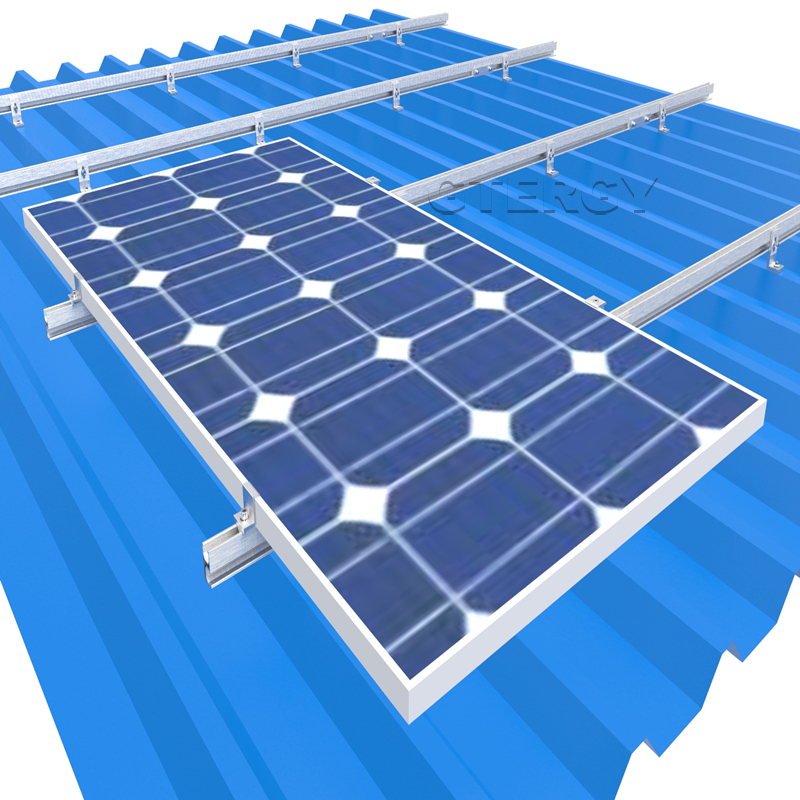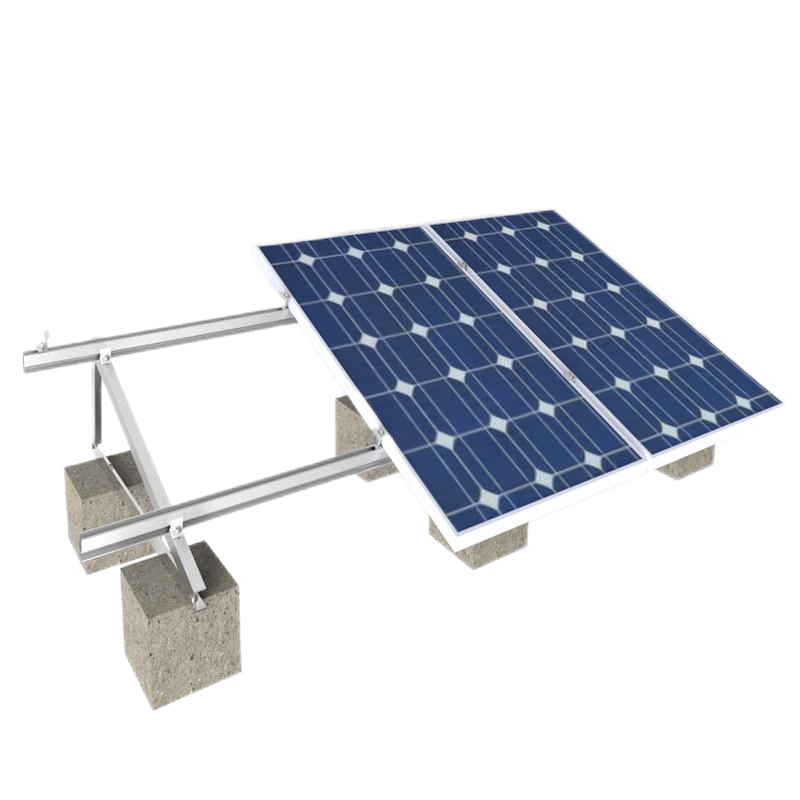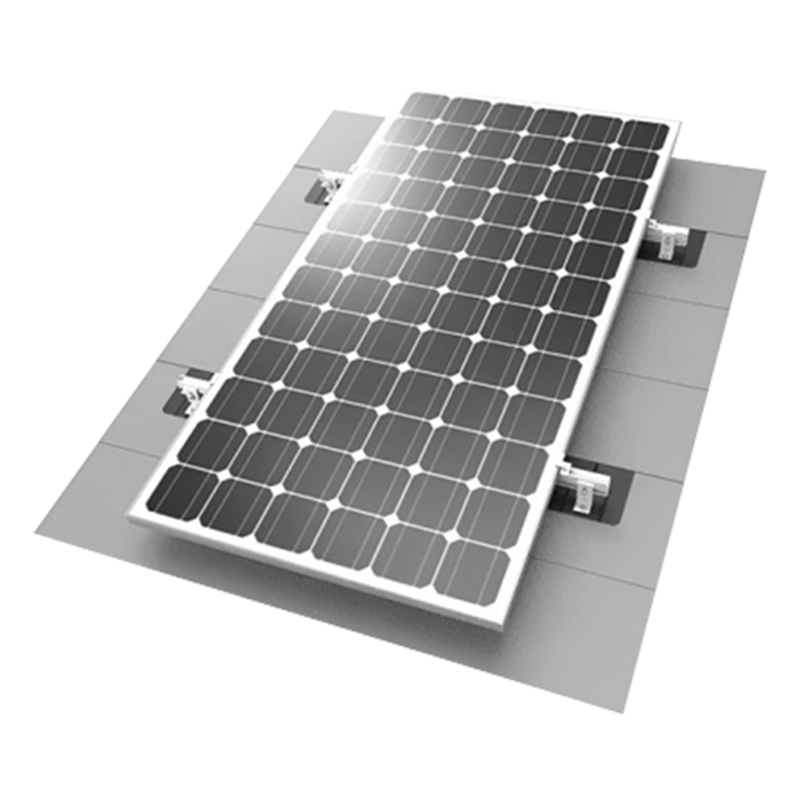Chinese photovoltaic companies to build factories in Europe, there is a country that cannot be ignored - Turkey
2021-11-12
Recently, the United States has taken off the last FIG leaf of the exclusion and suppression of Chinese photovoltaic companies. Chinese photovoltaic companies that are going to invest in the United States to set up factories should be careful to avoid "feeding tigers with meat", which is not worth the loss.
But the European PV market is very different from that of the United States.
Europe is the world's second largest PV market after China itself. For now, neither a tangled North America, a rising Middle East, nor a distant India will be able to replace Europe any time soon. It is very important to have a deep insight into the needs and pain points of the European market and develop a targeted European strategy.
Are Chinese photovoltaic companies continuing their strategy of exporting photovoltaic products to Europe through Southeast Asian production bases, or are they directly investing in and setting up factories in Europe? Or choose to establish a new overseas production base in the Middle East, North Africa and other places, covering these regional markets, but also radiating the whole of Europe?
01 64GW will be installed this year, but Europe is still insecure
Europe is facing an unprecedented energy crisis in 2022. High natural gas prices have accelerated the clean energy transition across Europe. In 2022, EU member states and the United Kingdom will add 45GW of photovoltaic installed capacity, and the cumulative total installed capacity has reached 226GW. At the same time, European energy storage systems are also growing rapidly.
On September 13, 2022, the European Parliament passed the "Renewable Energy Directive" (REDII) by a high vote, continuing the "REPowerEU" planning for renewable energy. The EU as a whole is aiming for a total installed capacity of 320GW by 2025 and 600GW by 2030.
If the above goals are to be achieved, Europe's new photovoltaic installed capacity must be maintained at least 50GW per year. As a result, the prospects for the European photovoltaic market are promising and full of certainty.
But in the short term, there are some risks and problems in the European market. For example, the European Parliament adopted a resolution against forced labor on June 9, 2022. Although the bill, if formally adopted, will still take two years to be formally implemented, it will still adversely affect the European photovoltaic market, which is highly dependent on imports. In addition, Europe imported 86.6GW of components from China last year, but less than half of them were installed because of a severe shortage of workers. In addition, the instability of the global inverter chip IGBT supply will also affect the installation of energy storage systems.
According to InfoLink's "2030 solar Energy Transformation White Paper" released last month, the European market is expected to add 64GW of installed capacity in 2023, a year-on-year growth of 38%, and grow year by year, and the market size will reach an annual increase of 100GW in 2030.
The more the prospects of the photovoltaic market are good, the lower the sense of security in Europe, which has suffered from the energy crisis. Reducing dependence on Chinese photovoltaic products is already the consensus of European countries.
Related Information










